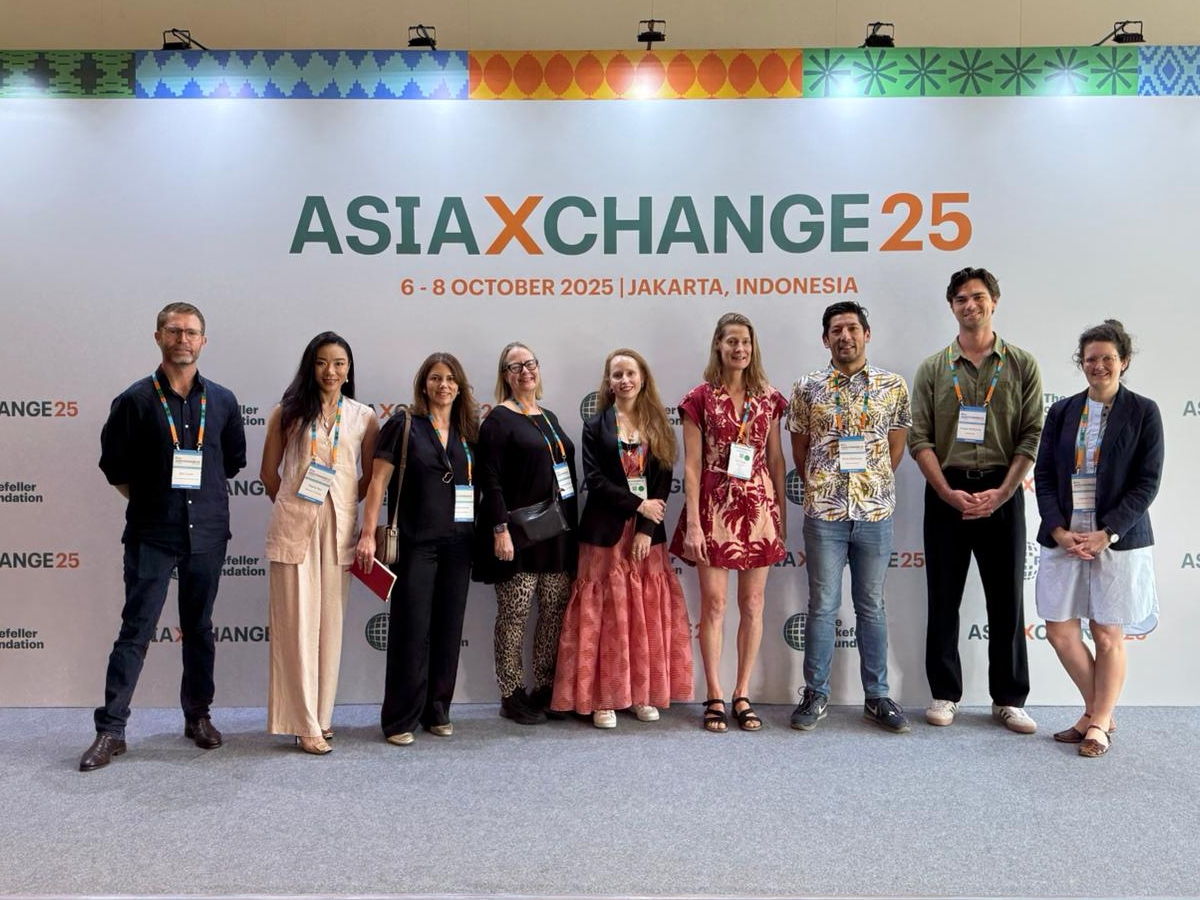Investing in emerging markets is often seen as a high-risk endeavour, but could this perceived risk be overshadowing the potential for outsized impact returns?
Emerging markets risks – from political, economic and governance risk to operational, currency and liquidity risks – are real, but how do they stack up given the current issues in the US and Europe? Do these traditionally favoured global markets guarantee stability and warrant such higher level of investment confidence?
Educating and encouraging Australian Family Offices and Foundations to consider investment opportunities within the Asia Pacific region is a goal identified by the Department of Foreign Affairs and Trade (DFAT). DFAT established the International Development Investor Group (IDIG) for this purpose.
On 4th October, I was fortunate to join the IDIG Study Tour, connecting a small cohort of Australian investors, funders and ecosystem leaders with the boldest actors shaping climate and gender outcomes in Southeast Asia. The group included wonderful humans (and now friends) from Minderoo Foundation, Ecotone Partners, Macquarie Group Foundation, Fairground, Koda Capital, Menzies Foundation, Recailbrate Climate and the Blended Finance and Investor Engagement Unit of DFAT.
Over a jam-packed five days of private roundtables, curated site visits, intimate conversations with founders, fund managers and local communities, the Tour explored how emerging markets are not just viable investment destinations, but also drivers of scalable, inclusive, and economic impact.
It’s impossible to cover the entirety of the Study Tour in one OnImpact article but some key takeaways include:
- There is a strong ecosystem of support for investors, looking to learn and invest into Emerging Markets. Our meetings with Rockefeller Foundation, Temasek Foundation, ALTi Tiedemann Global and UBS Singapore reinforced that global and local Singapore-based Foundations and Family offices are driving incredible impact outcomes through their investments and want to collaborate with investors from Australia.
- We can adopt systems-based thinking. Leading players in Southeast Asia are focusing on market-building and systems change to drive long-term, scalable impact, moving beyond just programmatic interventions.
- DFAT wants to make it as easy as possible for Australian investors. DFAT is providing the catalytic capital to derisk investments through blended finance, and making the connections with trusted intermediaries to source, vet and support investments.
A personal highlight was seeing where this investment is going – meeting the intermediaries on the ground and the entrepreneurs needing the capital to scale their solutions.
Through KINETIK, the Australia-Indonesia Climate and Infrastructure Partnership, the Australian Government is investing A$200 million to develop more climate resilient infrastructure and accelerate its clean energy transition. I was inspired meeting the founders of NUSACUBE, a KINETIK NEX start-up that produces clean water and ice blocks using renewable energy. This innovation means the fishers don’t need to travel for hours to get ice to keep their fish fresh, increases their yield and incomes, and supports their local communities.
In the hills of Central Java, we were treated to a special day with ADM Capital, meeting the organic coconut farmers and female micro-collectors who play a pivotal role in the flow of goods and value across the Big Tree Farms supply chain. Through the Asia Climate-smart Landscape Fund (ACLF), these rural communities are now achieving incomes four times higher than traditionally earned, as their organic product can attract a premium price in international markets.

When investors are unfamiliar with the geography, sector, or transaction type, it’s natural that perceived risk tends to be higher.
From my experience on the IDIG Study Tour, there are many, scaleable opportunities in our region ready for investment. Managing risk is part of any investment strategy – but if you don’t take the first step in having a conversation about Emerging Markets, how can you assess the risk?
When investors are unfamiliar with the geography, sector, or transaction type, it’s natural that perceived risk tends to be higher.
From my experience on the IDIG Study Tour, there are many, scaleable opportunities in our region ready for investment. Managing risk is part of any investment strategy – but if you don’t take the first step in having a conversation about Emerging Markets, how can you assess the risk?

Meet the KINETIC NEXstartups here: https://kinetik.or.id/meet-the-kinetik-nex-startups/
Join the OnImpact mailing list to receive the latest impact investment news and updates.

